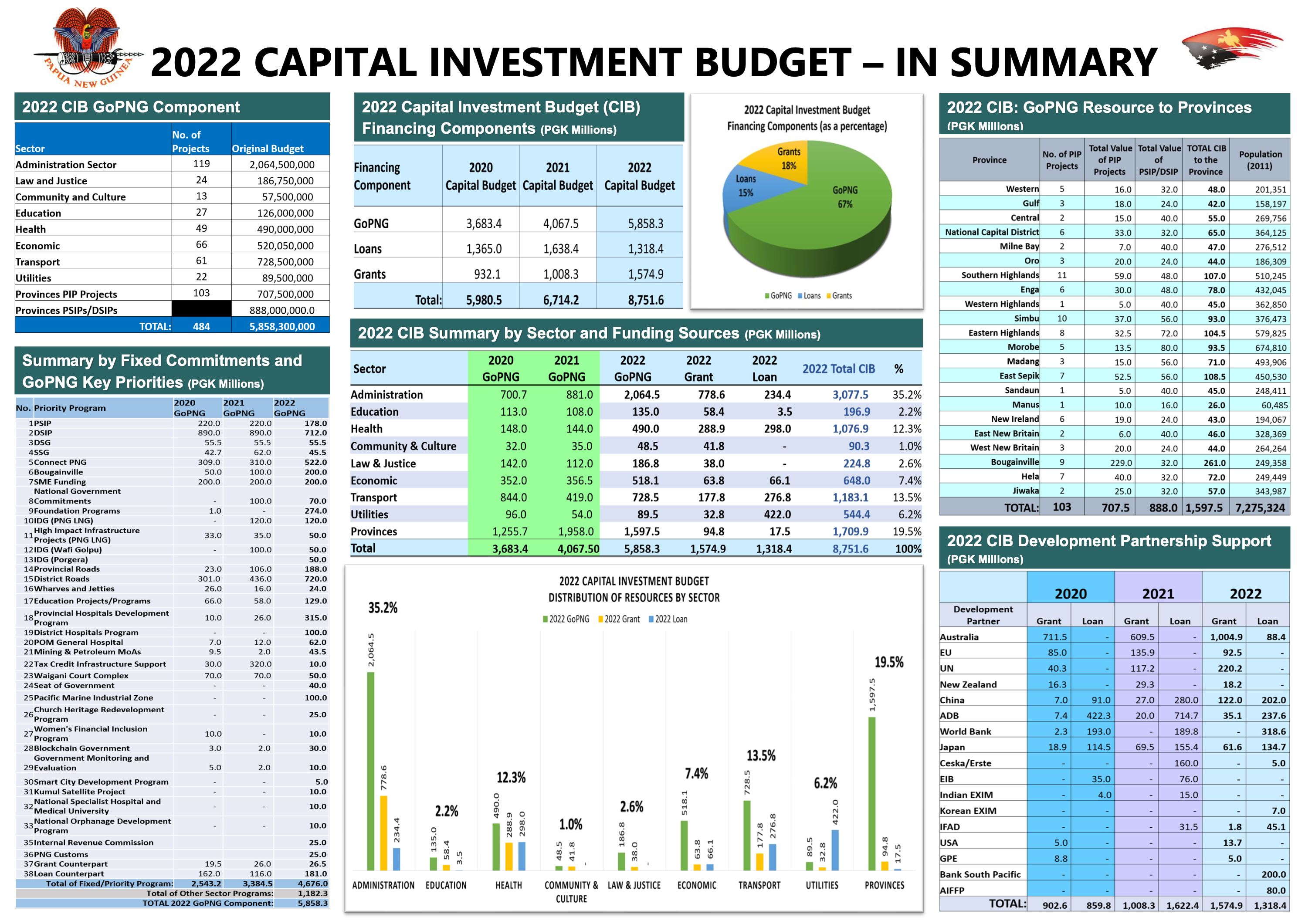Census 2021 Project

2021 National Census
The need for up-to-date population information for Papua New Guinea cannot be overemphasized. All plans and programs would be futile if not based on sound population data. With the last census already a decade old, limited population surveys, increasing demand for data, including the need for an accurate account of voters aged 18 years and above, total population count necessary for delineating electoral districts at the notional and local levels, and for monitoring the progress of PNG Medium Term Development Plan (MTDP) 2018-2022, Sustainable Development Goals (SDGs), and other national and international indicators, it is therefore critical at this point for PNG to have population data that can be used for these purposes.
The National Statistical Office (NSO) has been charged with delivering a quality census that meets international standards and it has prepared diligently to deliver on this task, however, the unprecedented surge in the number of COVID 19 cases in the country has prompted NSO to put on hold census activities that require field work and large gatherings, meetings, trainings and workshops. The suspension of these activities affected the timing of the census taking thus, necessitates the submission of the NEC Policy Paper on census deferral.
The suspension of the National Census activities in 2020 was the only reasonable option to avoid the spread of COVID 19 amongst census trainers, field workers and census respondents. Further delays of the National Census to 2022 is not realistic as the timing will coincide with the Election Common Roll updates and eventually with the National General Elections to be convened in July 2022.
The Government has approved for the National Statistical Office's (NSO) on an alternative approach in the generation of population counts and a conduct of a household survey in view of the deferral of the National Census to Year 2024.
Alternative Approach in the Generation of Population Counts
As the population census will not happen until after the 2022 elections, and given the urgent demand for data, there is a need to generate quick population counts and structures that would feed into the planning and programming system of the government. Hence, NSO and UNFPA have identified an innovative approach of quick generation of population counts for the whole country through the use of a remote sensing technology utilizing high resolution satellite images, available data sets from surveys, listing, ancillary imagery data sets (e.g. elevation, slope. distance to village, precipitation, temperature, satellite imagery of night time lights and satellite-derived enhanced vegetation index) and other data sources which will be used to generate population counts by LLG, district, province, region and consolidated to national estimates.
The Generation of Population Counts will entail 4 main activities. These include:
i. Remote Sensing
ii. Socio-Demographic and Economic Survey
iii. Date Literacy and Appreciation
iv. Provincial Differential Analysis of the Demographic Dividend Status


